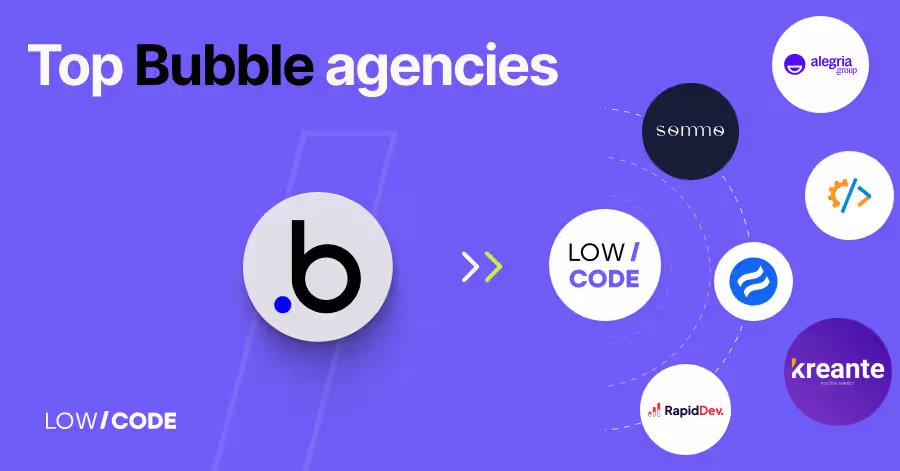Bubble MVP App Development: Guide for Startups and Founders
19 min
read
Build your MVP faster with Bubble. Learn how startups use Bubble to launch scalable MVP apps without coding

What Is an MVP and Why Startups Need One
An MVP, or Minimum Viable Product, is the simplest working version of a product that includes only the key features needed to solve a user problem. It helps startups test their idea in the market without spending too much time or money.
Unlike a prototype, which is usually a design or mock-up used to explore ideas, an MVP is fully functional and used by real users. This allows startups to learn quickly and make better product decisions.
Here’s why launching an MVP is important for startups:
- Product Validation: An MVP shows if your idea actually solves a real problem. If users don’t find it useful, you can change direction early.
- User Feedback: You get real feedback from users to guide future updates and features. This helps you build something people really need.
- Faster Launch: You save time by avoiding months of building unnecessary features before knowing what users want.
- Attracting Investors: Showing traction, even with a small product, makes it easier to raise funds.
- Early Traction: An MVP helps you build a user base and test marketing channels early in the journey.
Starting with an MVP reduces risk and increases your chances of building a successful product.
Hire LowCode Agency to Build a Bubble MVP
At LowCode Agency, we specialize in transforming startup ideas into market-ready MVPs using Bubble's powerful no-code platform. With over 330 successful projects across various industries, we've helped founders validate their concepts, secure funding, and scale their businesses efficiently.
We understand the unique challenges startups face: tight budgets, aggressive timelines, and the need to prove market fit quickly. Our team combines deep Bubble expertise with startup experience, delivering MVPs that not only work flawlessly but also provide the foundation for future growth.
Ready to turn your startup idea into a validated business? Book a free discovery call with us today. We'll discuss your vision, assess your requirements, and show you how we can build your MVP faster and more cost-effectively than traditional development approaches.
Why Choose Bubble for MVP App Development
Bubble revolutionizes how startups approach MVP development by eliminating the traditional coding barrier. This visual, no-code platform allows you to build full-stack web applications through an intuitive drag-and-drop interface, complete with databases, user authentication, and complex workflows.
Instead of spending months writing code, you can focus on validating your business concept and iterating based on real user feedback.
When compared to traditional development approaches, Bubble offers significant advantages for MVP creation:
- Speed: Build and deploy your MVP in weeks, not months.
- Cost-effectiveness: Reduce development costs by up to 70% compared to custom coding.
- Flexibility: Make changes and iterations quickly without developer dependencies.
- Scalability: Start simple and add complexity as your user base grows.
- Integration capabilities: Connect with popular tools like Stripe, APIs, and third-party services.
Bubble is particularly ideal for non-technical founders who want to maintain control over their product development. You don't need a technical co-founder or expensive development team to validate your startup idea.
The platform empowers entrepreneurs to transform their vision into a functional product while preserving resources for marketing, user acquisition, and business development.
Key Benefits of Using Bubble for Your MVP
Bubble delivers a comprehensive suite of features that make it the preferred choice for startup MVP development:
- Drag-and-drop UI builder: Create sophisticated, professional interfaces without any coding knowledge through Bubble's intuitive visual editor. You can design pixel-perfect layouts, customize colors and fonts, and build complex user interactions that rival traditionally coded applications, giving you complete creative control over your MVP's appearance.
- Fast development and launch timeline: Deploy your MVP in 4-8 weeks instead of the 6+ months typically required with traditional development approaches. This accelerated timeline means you can validate your concept and start gathering user feedback while competitors are still in the planning phase, giving you a crucial first-mover advantage.
- Cost-efficiency for bootstrapped projects: Save up to 70% on development costs compared to hiring a full development team or bringing on a technical co-founder. This budget-friendly approach allows you to allocate more resources toward marketing, user acquisition, and business development rather than expensive technical talent.
- Scalable backend with workflows and database: Leverage Bubble's robust infrastructure that includes built-in database management, user authentication, and workflow automation. Your MVP can seamlessly handle growth from hundreds to millions of users without requiring backend rewrites or complex server management.
- Integration with APIs and third-party tools: Connect effortlessly with essential business tools like Stripe for payments, Google Analytics for tracking, Mailchimp for email marketing, and hundreds of other services. These integrations create a complete business ecosystem around your MVP without custom development work.
- Flexibility with design and logic: Make real-time changes to your app's appearance, functionality, and business logic without rebuilding from scratch. This iterative capability allows you to respond quickly to user feedback and market demands, essential for successful MVP validation and improvement.
- Native app support: Build both responsive web applications and native mobile apps from the same Bubble project using their mobile app builder. This unified approach eliminates the need for separate development teams and ensures consistent functionality across all platforms.
- Built-in analytics, plugins, and extensions: Access comprehensive performance data through Bubble's analytics dashboard and extend your MVP's functionality through their extensive plugin marketplace. This ecosystem provides both the insights needed for data-driven decisions and the tools for advanced features.
Common Limitations to Know Before You Start
While Bubble offers exceptional advantages for MVP development, it's important to understand its limitations to make informed decisions for your startup:
- Plugin ecosystem limitations: Although Bubble's plugin marketplace is extensive, you may occasionally encounter gaps in functionality that require custom plugin development or workarounds. Some specialized integrations or advanced features might not have ready-made solutions, potentially requiring additional development time or creative problem-solving approaches.
- Performance ceiling for complex apps: Applications with poor database structure, inefficient workflows, or excessive visual elements can experience slower loading times and reduced responsiveness. However, this limitation is largely preventable through proper planning and following Bubble's best practices during development, making it more of a design consideration than a platform restriction.
- Learning curve for advanced workflows: While basic app building is intuitive, creating complex business logic, advanced user permissions, and sophisticated automation requires a deeper understanding of Bubble's workflow system. Non-technical founders may need guidance or training to implement more intricate features, though this investment pays off with greater control over their product.
- Vendor lock-in concerns: Your application is built specifically for Bubble's platform, making migration to other systems challenging and potentially expensive. While Bubble offers code export options, transitioning to traditional development later requires significant resources and planning, making your initial platform choice particularly important for long-term strategy.
Best Practices for Building a Bubble MVP
Start with only core features (keep it lean)
Resist the temptation to build every feature you envision for your final product. Focus exclusively on the one or two functionalities that solve your users' primary pain point. This lean approach reduces development time, minimizes costs, and helps you validate your core value proposition without distractions.
We've seen countless startups fail because they tried to build everything at once. Instead, identify the single most important user journey in your app and perfect that experience before adding complexity.
Read more | How to Choose MVP Features
Hire an Bubble expert
While Bubble empowers non-technical founders, partnering with experienced Bubble developers accelerates your MVP development and ensures best practices from day one. Expert developers understand database optimization, workflow efficiency, and scalability considerations that prevent costly rebuilds later.
At LowCode Agency, we've built over 330 apps and understand how to structure your MVP for both immediate success and future growth. Our expertise helps you avoid common pitfalls while delivering a professional product.
Read more | How to Hire Bubble Developers
Validate quickly and iterate often
Launch your MVP as soon as it demonstrates your core value proposition, even if it feels incomplete. Real user interaction provides insights that no amount of planning can replicate. Set up analytics to track user behavior and establish feedback channels to understand what's working and what needs improvement.
Plan for rapid iteration cycles, making small improvements based on actual usage data rather than assumptions about what users might want.
Read more | SaaS MVP Development Guide
Gather user feedback before scaling
Before investing in additional features or marketing campaigns, ensure your current users find genuine value in your MVP. Conduct user interviews, analyze usage patterns, and measure key metrics like retention and engagement rates.
Many founders also embed quick feedback touchpoints inside their Bubble MVP — like placing QR codes on onboarding screens, update modals, or demo materials. These can link users directly to short surveys or feature request forms, generated through simple tools such as The QR Code Generator (TQRCG) or similar QR-code creators.
This validation phase helps you understand whether you've achieved product-market fit or need to pivot your approach before scaling your efforts.
Consider responsive design from the start
Design your MVP to work seamlessly across desktop, tablet, and mobile devices from the beginning. Since user behavior varies significantly across platforms, a responsive design ensures you don't lose potential users due to poor mobile experience.
Bubble's responsive design tools make it easy to create layouts that adapt to different screen sizes, preventing the need for expensive redesigns later.
Read more | Healthcare MVP Guide
Real-World MVPs Built on Bubble
Understanding Bubble's potential becomes clearer when you see successful MVPs in action. These real-world examples demonstrate how different industries can leverage Bubble to validate their concepts and achieve rapid market entry.
BarEssay: AI-Powered Legal Education Platform
When lawyer Robb Miller recognized that 50% of California Bar Exam candidates were failing due to inadequate preparation methods, he envisioned an AI-powered solution to transform legal education. Working with our team, BarEssay was developed in just 4 weeks using Bubble's platform.
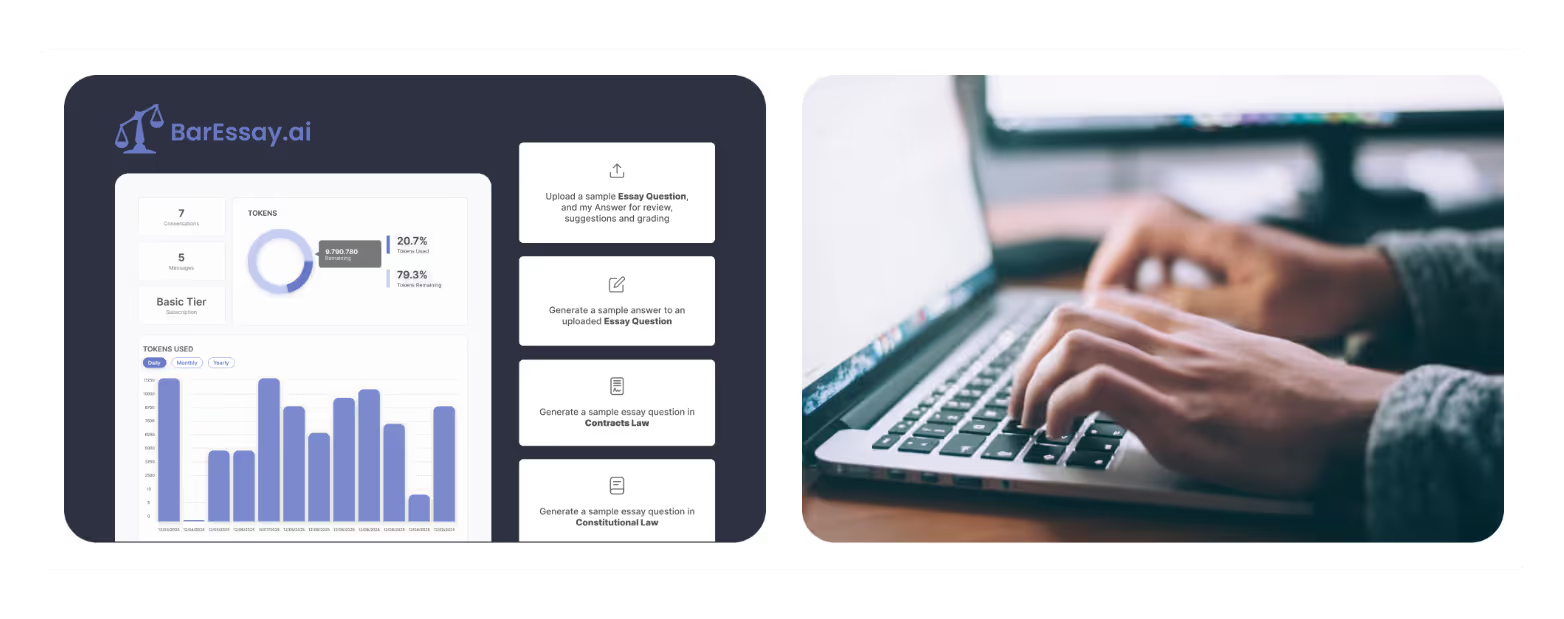
The MVP focused on core functionality: AI-powered essay analysis that provides personalized feedback on legal accuracy and writing style. This lean approach allowed rapid validation of the concept while keeping development costs minimal. The platform's AI engine analyzes student essays with remarkable precision, offering detailed feedback that traditional study methods couldn't provide.
Results speak volumes: students using BarEssay spend 30% less time studying while achieving 70% more efficient targeting of weak areas. This dramatic improvement in study efficiency demonstrates how a focused MVP can create immediate value for users while establishing a foundation for future feature expansion.
TEN: Event Staffing Marketplace Revolution
Theodore Nelson identified a critical gap in event production: producers wasted countless hours finding qualified technicians, while skilled professionals missed opportunities due to outdated networking methods. His vision led to TEN, a specialized marketplace connecting event producers with technical talent.
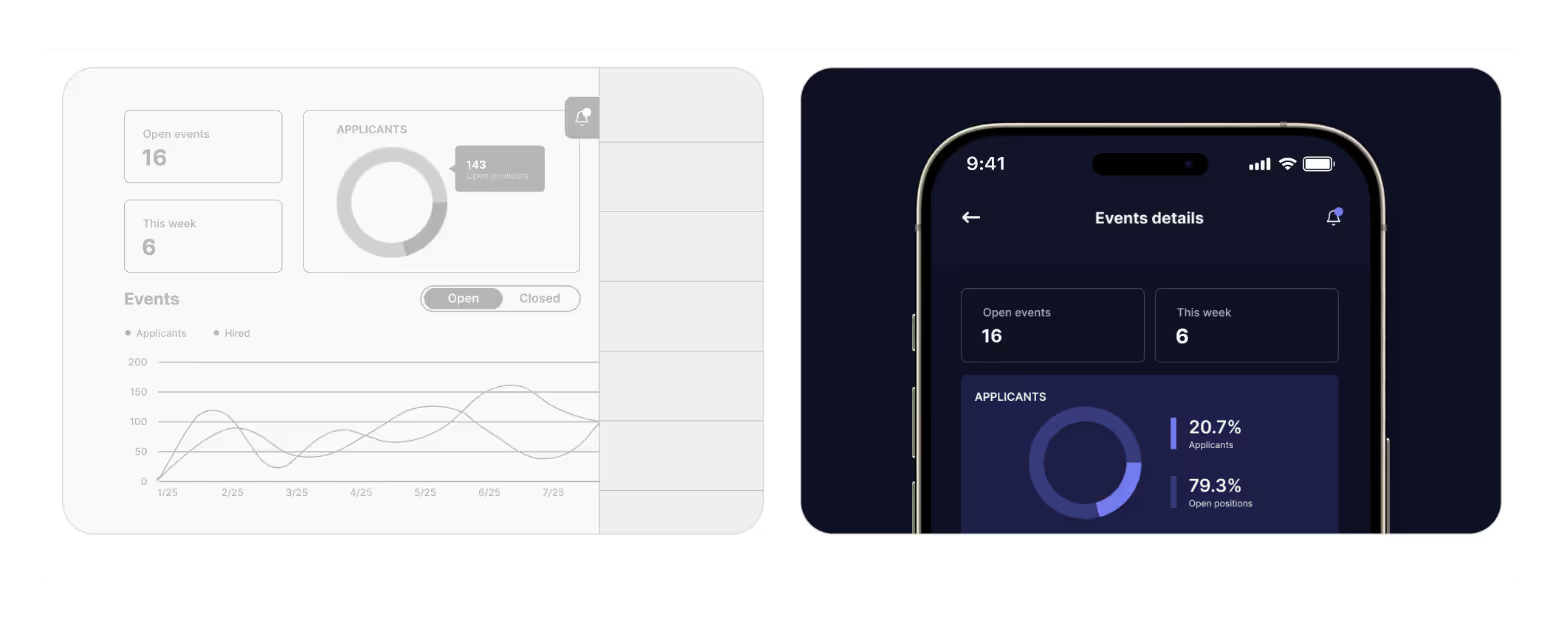
Built on Bubble in 8 weeks, TEN's MVP addressed the core problem with essential features: detailed job posting capabilities, skill-based matching algorithms, and integrated payment processing through Stripe Connect. Rather than building complex features immediately, the focus remained on solving the fundamental connection problem between producers and technicians.
The impact was immediate and measurable: administrative workload for event producers decreased by 40%, while hiring efficiency increased by 50% compared to traditional methods. Technicians reported a 35% increase in booked jobs, demonstrating how a well-executed MVP creates value for all stakeholders while validating the business model.
Read more | MVP Case Studies
Cost Breakdown of Building an MVP on Bubble
Understanding the true cost of Bubble MVP development goes beyond simple price comparisons. While DIY and freelancer options may seem attractive initially, they often lead to significantly higher long-term costs, missed opportunities, and most critically, valuable time lost that you can never recover.
DIY Development
Substantial risks:
- Investing over 1,000 hours of work just to learn platform basics.
- Your time as a founder is worth far more than subscription costs saved.
- Poor application architecture that can't scale with user growth.
- Expensive rebuilds are required when performance demands increase.
- Opportunity cost of delaying market entry by months while learning to code.
Freelancer Development
Substantial risks:
- Development ranges from $5,000-$20,000 with significant quality variations.
- Many freelancers lack comprehensive Bubble expertise.
- Poorly optimized databases and inefficient workflows that break under load.
- Limited post-launch support when urgent fixes are needed.
- Freelancer unavailability forcing you to hire new developers.
- Poorly documented codebase requiring expensive rebuilds.
Professional Agency Development
At LowCode Agency, our minimum engagement for Bubble projects starts at around $30,000. Why?
- Because we don’t just develop apps; we build digital products. We take your vision and turn it into a solution that’s scalable, AI-ready, a design that’s both beautiful and functional, and built for real-world use from day one.
- We work with a select group of clients to deliver end-to-end solutions that fuel long-term growth, not just short-term results.
- We don't compete on price; we deliver value that transforms businesses into rocketships.
- We’re not a dev shop. We’re your product team. That means we’re invested in your success, from the first discovery call to post-launch iterations.
- We say no to projects that aren’t the right fit because that’s what it takes to deliver outstanding results for the ones that are.
Our comprehensive approach addresses every aspect of successful MVP development. We provide strategy development, comprehensive design, performance optimization, security implementation, and ongoing support that prevents costly rebuilds.
Each engagement includes dedicated team members who understand your business goals and make recommendations aligned with your growth strategy.
Bubble Platform Pricing:
- Starter Plan: $32/month (ideal for MVP testing and initial validation)
- Growth Plan: $134/month (suitable for MVPs expecting moderate user growth)
- Team Plan: $399/month (designed for collaborative development and higher user volumes)
- Native Mobile App Add-on: Additional $25/month (enables native iOS and Android app development from your existing Bubble project)
Read more | Detailed Bubble Pricing Plans
Can You Build a Mobile MVP on Bubble?
Yes, Bubble now supports native app development through their mobile app builder, launched in beta during BubbleCon in October 2024. This enables true native app development without requiring wrappers, operating within the same project as your web application with shared backend and workflows.
Pros of Using Bubble for Mobile MVPs:
- Unified development: Build web and mobile versions from the same project, eliminating separate development teams or multiple codebases.
- Cost-effective: Add mobile functionality for just $25/month, dramatically cheaper than hiring separate mobile developers or using wrapper solutions ($59-$790+).
- True native apps: Create genuine iOS and Android apps with native navigation, mobile-optimized UI elements, and device feature access.
- Rapid testing: Preview apps using BubbleGo for iOS real device testing and built-in previewer for multiple device types.
Cons of Using Bubble for Mobile MVPs:
- Beta limitations: Still in beta phase with potential instability, feature changes, and no mobile-specific debugger available.
- Technical issues: Problems with list combinations, dynamic styling inconsistencies, and unpredictable modal/sheet behavior.
- Feature gaps: Limited offline sync, web view restrictions to internal Bubble URLs only, and missing advanced features like GPS and push notifications.
- Form limitations: Date/time picker alignment issues, keyboard focus problems, and restricted file upload capabilities.
Final Thoughts: Is Bubble Right for Your MVP?
Bubble is a powerful no-code platform for building MVPs, especially when speed and flexibility matter most. It’s ideal if you're testing a new business idea, launching quickly, or need to pivot based on feedback. You can build interactive web apps, native apps connect databases, and even launch faster as compared to traditional development methods.
When Bubble is a great fit:
- You want to validate an idea fast
- Your product requires custom logic or workflows
- You have limited time or budget for version 1
Ready to transform your startup idea into a market-ready MVP? At LowCode Agency, we've helped over 330 founders build successful applications using Bubble's powerful platform.
Book a free discovery call with us today, and let's discuss how we can turn your vision into reality faster and more cost-effectively than traditional development approaches.
Created on
July 9, 2025
. Last updated on
December 31, 2025
.
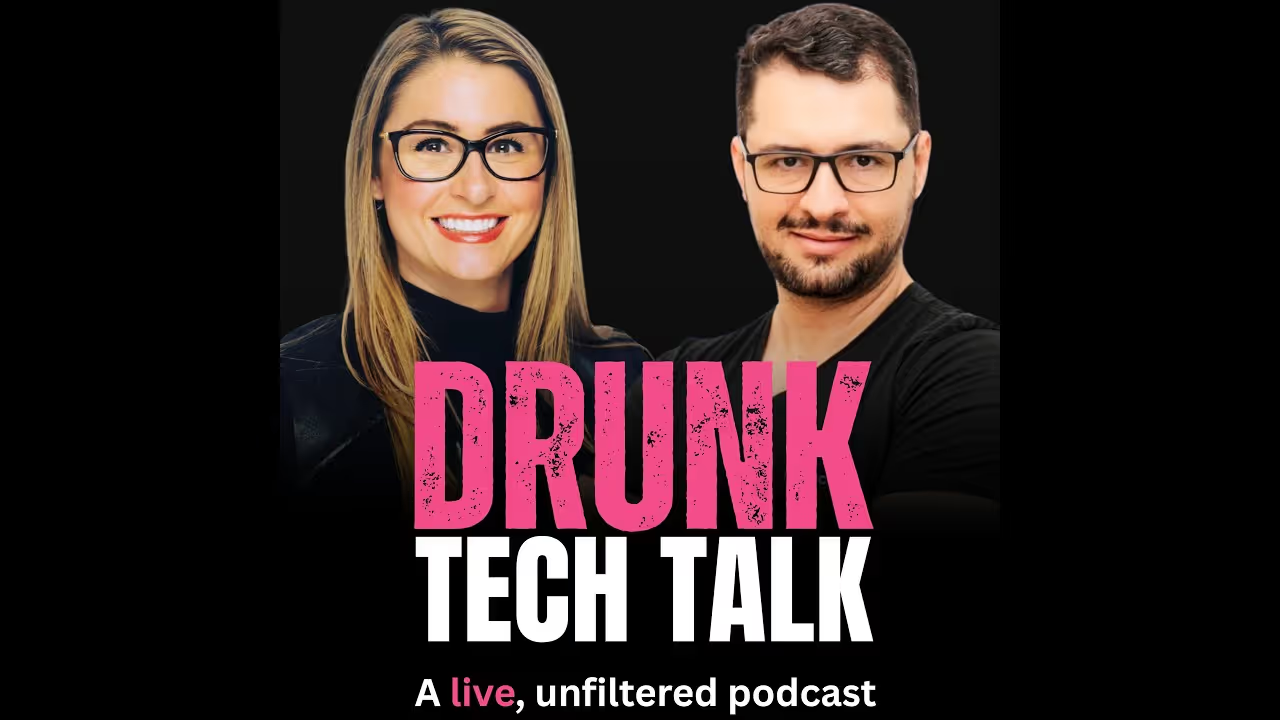
FAQs
Is Bubble good for MVP development?
How long does it take to build an MVP on Bubble?
How much does it cost to build an MVP with Bubble?
Can you scale your MVP into a full app with Bubble?
Do I need a developer to build with Bubble?
What types of apps can I build as an MVP with Bubble?





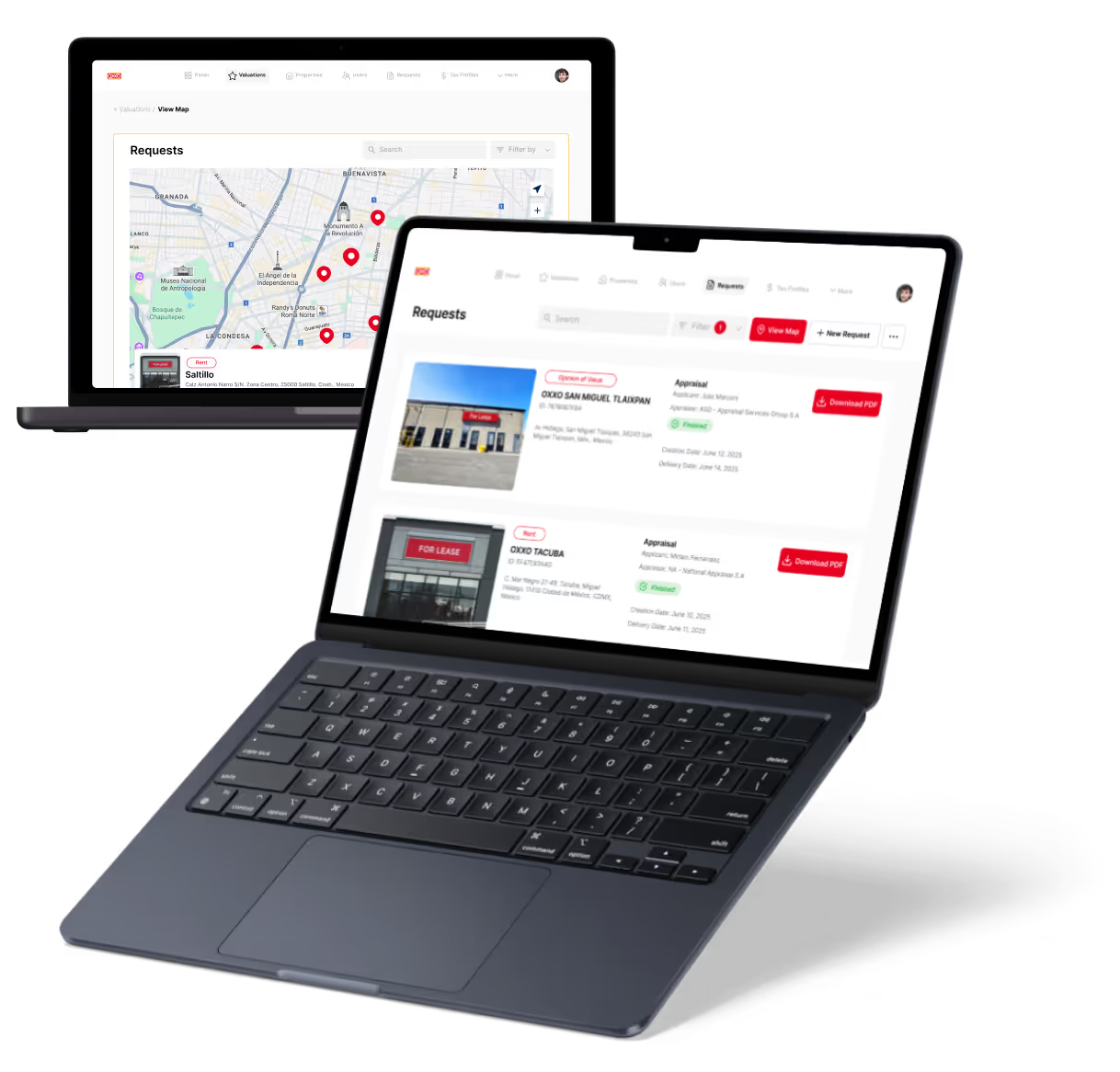

%20(Custom).avif)




.avif)



